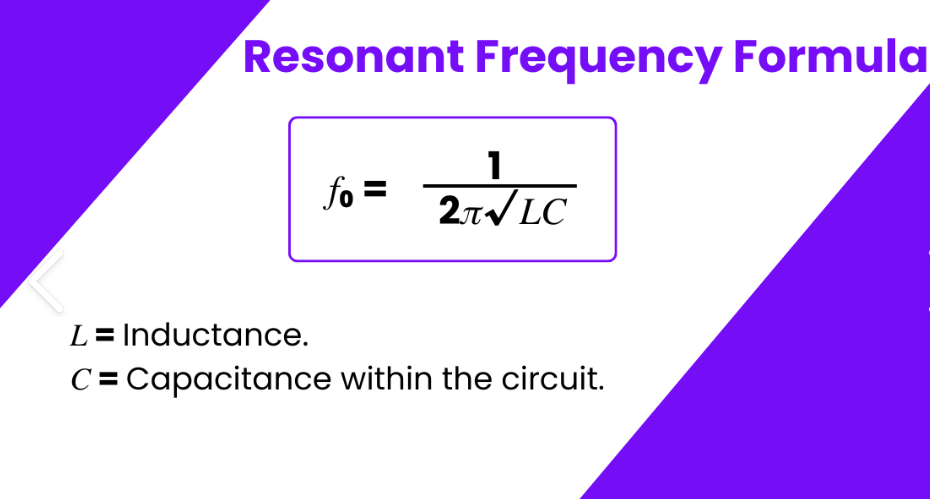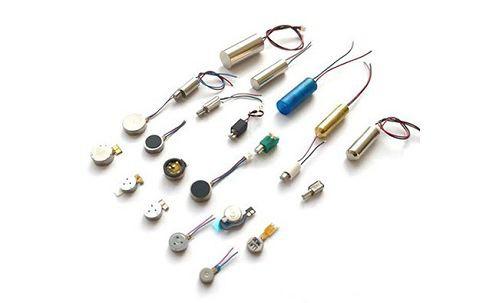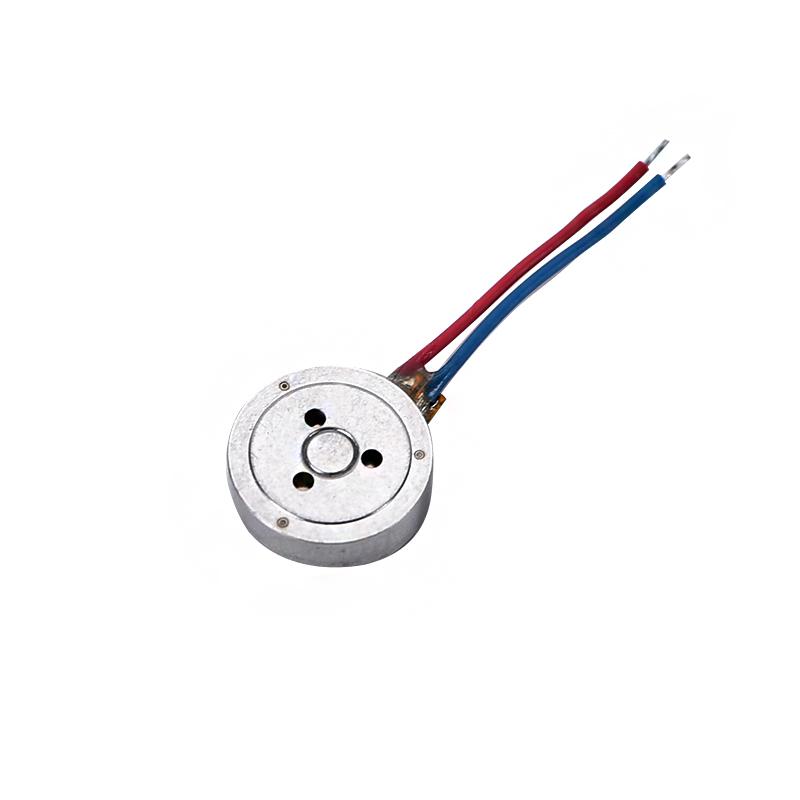What Is Resonant Frequency and How Is It Measured?

Resonant frequency is the natural rate something vibrates the most.
You can see this in electronics, machines, and sound devices.
For example, a good speaker vibrates to make clear sounds.
Knowing resonant frequency helps improve performance and avoid issues.
Too much vibration can break structures or cause problems.
By finding and controlling this frequency, systems work better and last longer.
Key Takeaways
Resonant frequency is how fast something naturally vibrates. Knowing this helps make electronics, machines, and sound systems work better.
To find resonant frequency, we use special formulas. These formulas are different for electronics and machines. This helps create safer and better-working devices.
Tools like accelerometers and vibration analyzers measure resonant frequency. Calibrating these tools correctly gives accurate results.
Resonant frequency is very important in audio systems. Adjusting speakers to the right frequency makes sound clearer and avoids distortion.
INEED's vibration motors are made for the best resonant frequency. This design makes wearable devices work better and easier to use.
Understanding Resonant Frequency
The Physics Behind Resonant Frequency
Resonant frequency happens when something vibrates at its natural rate. This creates the most energy transfer. It is based on how waves and vibrations work. When outside forces match this natural rate, vibrations grow stronger. For example, think of a swing at a playground. Pushing it at the right time makes it go higher because it matches its natural rhythm.
In electronics, resonance is very important. It helps in circuits like LC filters and piezoelectric crystals. LC filters let certain frequencies pass and block others. Piezoelectric crystals turn electrical signals into vibrations. These ideas show how resonance makes systems work better and more efficiently.
Examples of Resonant Frequency in Everyday Life
Resonance affects many things we use daily. Here are some examples:
Swinging on a Playground Swing: Moving with the swing's rhythm makes it go higher.
Musical Instruments: Guitars and pianos vibrate to make louder sounds.
Bridges and Buildings: Resonance can damage structures, like the Tacoma Narrows Bridge. Engineers also use it to make buildings safer.
Human Body: Resonance in the mouth helps make louder sounds when speaking or singing.
These examples show how resonant frequency is part of activities, engineering, and even the human body.
Factors That Influence Resonant Frequency
Many things affect a system's resonant frequency. In machines, weight and stiffness matter. Heavier objects vibrate slower, while stiffer ones vibrate faster. In electronics, resistance, inductance, and capacitance are key. The Q factor shows how energy-efficient a system is.
The formula for the Q factor in a series RLC circuit is:Q = 1/R √(L/C)
This means resistance (R), inductance (L), and capacitance (C) work together to affect resonance. In a parallel RLC circuit, the Q factor is:Q = R √(C/L)
This shows how resistance changes damping and bandwidth.
In real life, the Q factor changes bandwidth. For example, an antenna with a Q of 10 and a center frequency of 100 kHz has a 3 dB bandwidth of 10 kHz. This shows how resonant frequency is adjusted for electronics and communication needs.
How to Calculate Resonant Frequency
Methods for Calculating Resonant Frequency in Electronics
To find resonant frequency in electronics, know how parts work. Inductors and capacitors are key components in this process. The formula for an LC circuit is:
f = 1 / (2π√(L × C))
Here, f means resonant frequency, L is inductance in henries, and C is capacitance in farads. This formula works for circuits where energy moves between inductors and capacitors. When the circuit hits its natural frequency, it resonates, transferring energy efficiently.
You can also test your calculations with experiments. Engineers compare models, simulations, and tests to check accuracy. The table below shows how these methods match when finding resonant frequency:
Method | Resonant Frequency (Hz) | Error (%) |
|---|---|---|
Analytical Model | 19,208 | N/A |
Simulation (ANSYS) | 19,280 | N/A |
Experimental Test | 19,203 | 0.02 |
Anti-resonant Model | 19,265 | 0.02 |
Experimental Anti-resonant | 19,270 | N/A |
Admittance (Model) | 0.01755 mS | N/A |
Experimental Admittance | 0.0176 mS | 0.2 |
The data shows experimental tests are close to models and simulations. Errors are small, making calculations reliable for circuits.
Using formulas and experiments together helps find resonant frequency. This improves electronic systems' performance.
Calculating Resonant Frequency in Mechanical Systems
In mechanical systems, resonant frequency depends on mass and stiffness. Use this formula to calculate it:
f = (1 / 2π) × √(k / m)
Here, f is resonant frequency, k is stiffness in newtons per meter, and m is mass in kilograms. Heavier objects vibrate slower, while stiffer ones vibrate faster.
For example, think of a spring and weight system. Adding more weight makes it vibrate slower. A stiffer spring makes it vibrate faster. Engineers use this to design safe machines and structures.
To measure resonant frequency, apply a small force and watch the response. Tools like accelerometers and vibration analyzers help find natural frequencies. These tools ensure machines run safely and efficiently.
By learning how to calculate resonant frequency, you can improve designs. Whether working with electronics or machines, this knowledge helps systems work better and last longer.
Measuring Resonant Frequency in Practice
Tools and Techniques for Measuring Resonant Frequency

To measure resonant frequency, you need special tools and methods. Common tools include accelerometers, vibration analyzers, and signal generators. Accelerometers sense vibrations and turn them into electrical signals. Vibration analyzers study these signals to find the resonance point. Signal generators create controlled vibrations to test systems in specific ways.
Calibration is important for accurate results. For example, accelerometers are calibrated by checking their resonant frequency. This process tests how well they respond to different frequencies. Calibration includes setting a scale at a reference frequency and testing across a range. These steps make sure your tools give reliable data when measuring resonance.
Measuring Resonant Frequency in Vibration Motors
Vibration motors, like those in phones and wearables, need precise frequency checks. These motors work best within certain resonant frequency ranges. A vibration analyzer can track how the motor reacts to different frequencies. By finding the frequency where it works best, you can improve its performance.
For example, linear vibration motors (LRAs) need careful tuning for stable resonance. They use a voice coil and spring, making them sensitive to frequency changes. Measuring their resonant frequency helps them work better in devices like smartwatches for haptic feedback.

INEED's Linear Vibration Motors and Resonant Frequency Measurement
INEED designs its linear vibration motors to work at the right resonant frequency. These motors, like LRAs, are tested to ensure efficient and accurate feedback. INEED carefully measures and adjusts their resonant frequency for top performance.
For wearable devices, INEED's LRAs use less power and last longer. By fine-tuning their resonant frequency, these motors improve user experience and save energy. INEED’s advanced technology ensures their motors are reliable and high-quality.
Applications of Resonant Frequency
Resonant Frequency in Electronics (e.g., filters, oscillators)
Resonant frequency is very important in electronics. Filters use it to let certain frequencies pass and block others. Series resonant circuits have the least resistance at resonance. This makes them great for wireless communication and signal processing. Parallel resonant circuits have the most resistance at resonance. These are useful in many electronic systems.
Resonant Circuit Type | Characteristics | Applications |
|---|---|---|
Series Resonant | Least resistance at resonance | Wireless communication, signal filters |
Parallel Resonant | Most resistance at resonance | Various electronic systems |
Oscillators also depend on resonance to make steady signals. These signals are needed for clocks, radios, and more. Different resonator designs affect sensitivity and speed. For example, drumheads respond the fastest to heat, making them good for quick tasks.
Resonator Design | Photothermal Sensitivity | Thermal Response Speed |
|---|---|---|
Strings | Most sensitive | Slower |
Trampolines | Medium sensitivity | Medium |
Drumheads | Least sensitive | Fastest |
Resonant Frequency in Mechanical Engineering (e.g., vibration analysis)
In machines, resonance helps study how they handle vibrations. Vibration analysis finds natural frequencies and damping features. This keeps machines safe and working well.
Vibration analysis uses computer models to study vibrations.
It finds problems that physical tests might miss.
Frequency analysis sets safe limits to avoid damage from resonance.
For example, vibration analysis can find weak spots in a machine. Engineers can then make changes to improve safety and reliability.
Resonant Frequency in Audio Systems (e.g., speaker tuning)
Resonant frequency is key for clear sound in audio systems. Speaker boxes are made to control resonance and stop bad effects like "ringing." The size and material of the box affect resonance and sound quality.
Choose the right box size to avoid problems.
Use good materials to adjust resonance.
Add ports or radiators to improve low sounds.
Measuring sound helps improve audio systems. For example, testing sound response in a special fridge led to a new algorithm. This algorithm improved performance by using a math model for better design.
Aspect | Description |
|---|---|
Method | |
Focus | Creating a resonance frequency algorithm |
Outcome | Building a math model for better system design |
By using resonant frequency ideas, you can make electronics, machines, and audio systems work better.
INEED's Vibration Motor Solutions for Wearable Devices
Making wearable devices work well needs careful design. INEED creates advanced vibration motors for wearables like smartwatches. These motors, called Linear Resonant Actuators (LRAs), give clear haptic feedback and save energy.
LRAs use a voice coil and spring to vibrate naturally. This keeps their performance steady and reliable. They are great for fitness trackers and other small devices. INEED adjusts the resonance frequency to improve touch feedback and user experience.
These motors are strong and use little power. This helps battery-powered devices last longer. Their small size fits easily into lightweight wearables without losing quality.
Customization is a key feature of INEED's motors. You can change vibration strength and frequency to fit your needs. The motor’s connection mode can also be adjusted for easier assembly. This makes sure the motor works well with your device's design.
Using INEED's motors improves wearable devices. Whether for health monitors or smartwatches, these motors provide precise tuning. INEED’s technology helps your devices perform better and stand out in the market.
Resonant frequency is how things vibrate best naturally. Knowing this helps improve performance and avoid problems in electronics, machines, and sound systems. Resonance is important for better designs, like tuning speakers or making buildings safer. INEED makes vibration motors with accurate resonance tuning for wearables and other gadgets. Their skill creates reliable, energy-saving motors that fit your needs, improving how devices work and feel to use.
FAQ
What does resonant frequency mean in simple words?
Resonant frequency is how fast something naturally vibrates the most. It happens when energy matches its natural rhythm, making it vibrate stronger.
What tools help measure resonant frequency?
Tools like accelerometers, vibration analyzers, and signal generators are used. They find vibrations, study signals, and test systems for resonance.
What things affect resonant frequency?
Weight, stiffness, and material type change resonant frequency. In electronics, resistance, inductance, and capacitance are important factors.
Why are INEED’s vibration motors special?
INEED’s motors are strong, energy-saving, and customizable. They are made to work at exact resonant frequencies for better performance in wearables.
What are some everyday examples of resonant frequency?
Examples include swings, guitars, and speakers. Engineers also use it to make safer machines and buildings.
See Also
Four Essential Insights On Resonant Frequency Uses
Exploring Resonant Systems And Their Impact On Vibration Motors
Techniques For Measuring Vibration Effectively
Get Custom Micro DC Motors from
INEED Motors!
Leading Brand in Vibration Motor Manufacturing Industry
